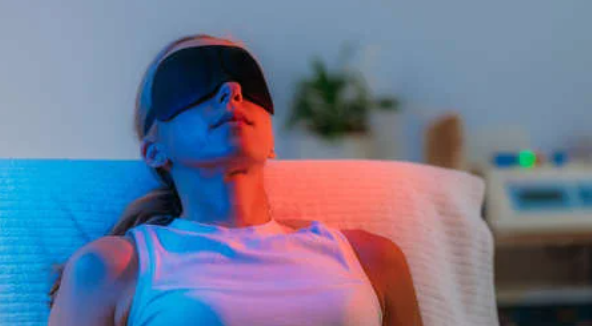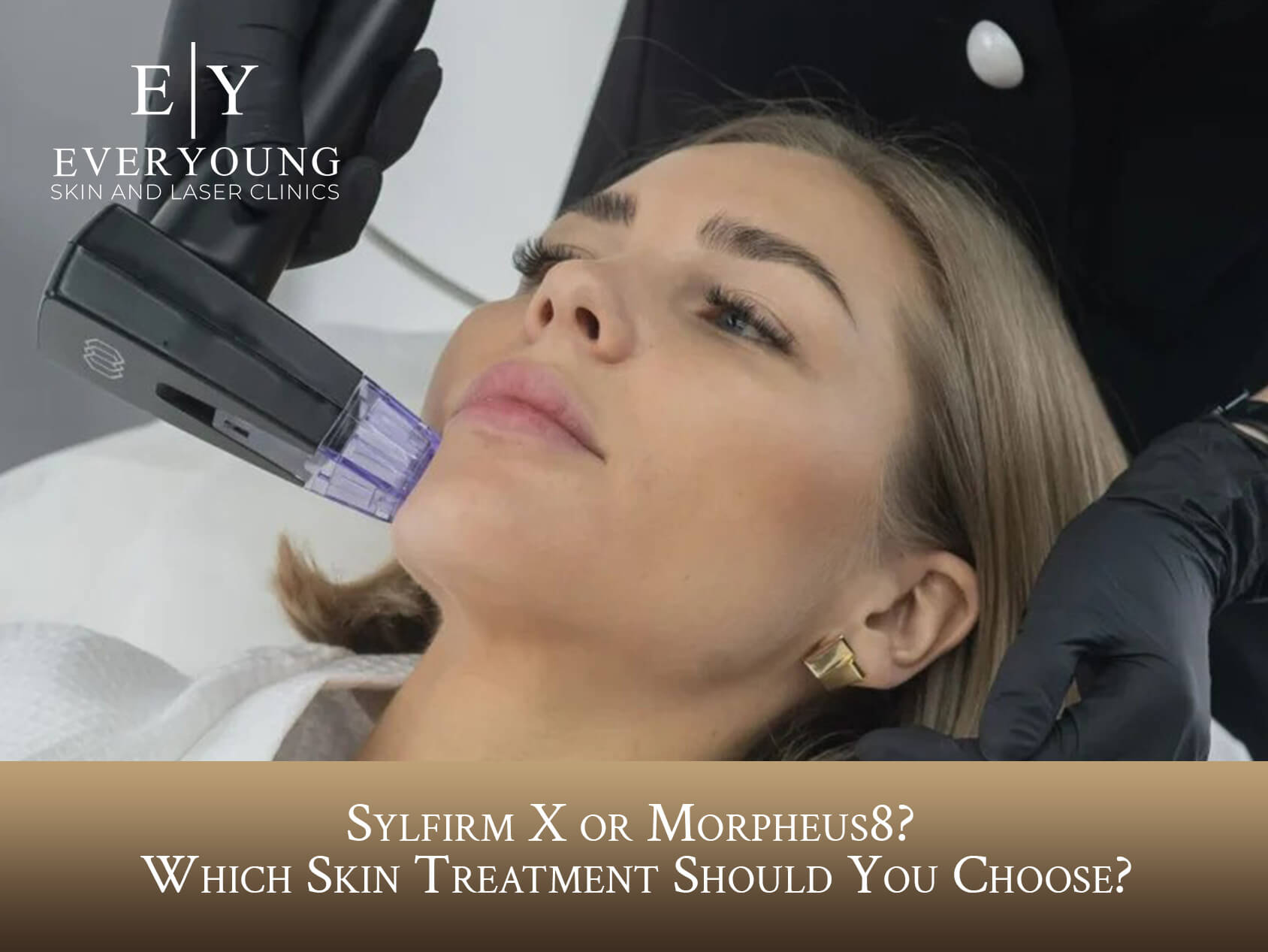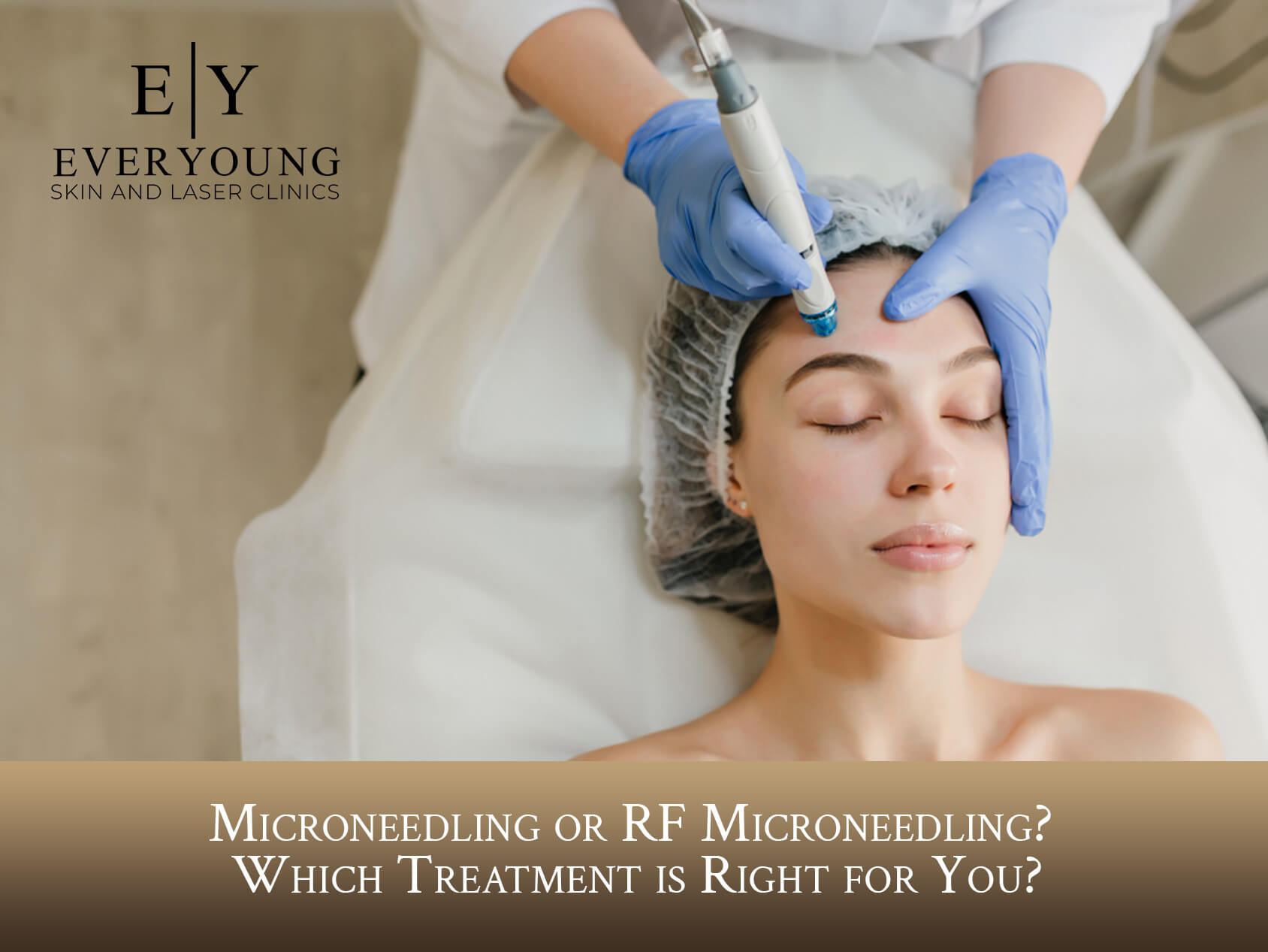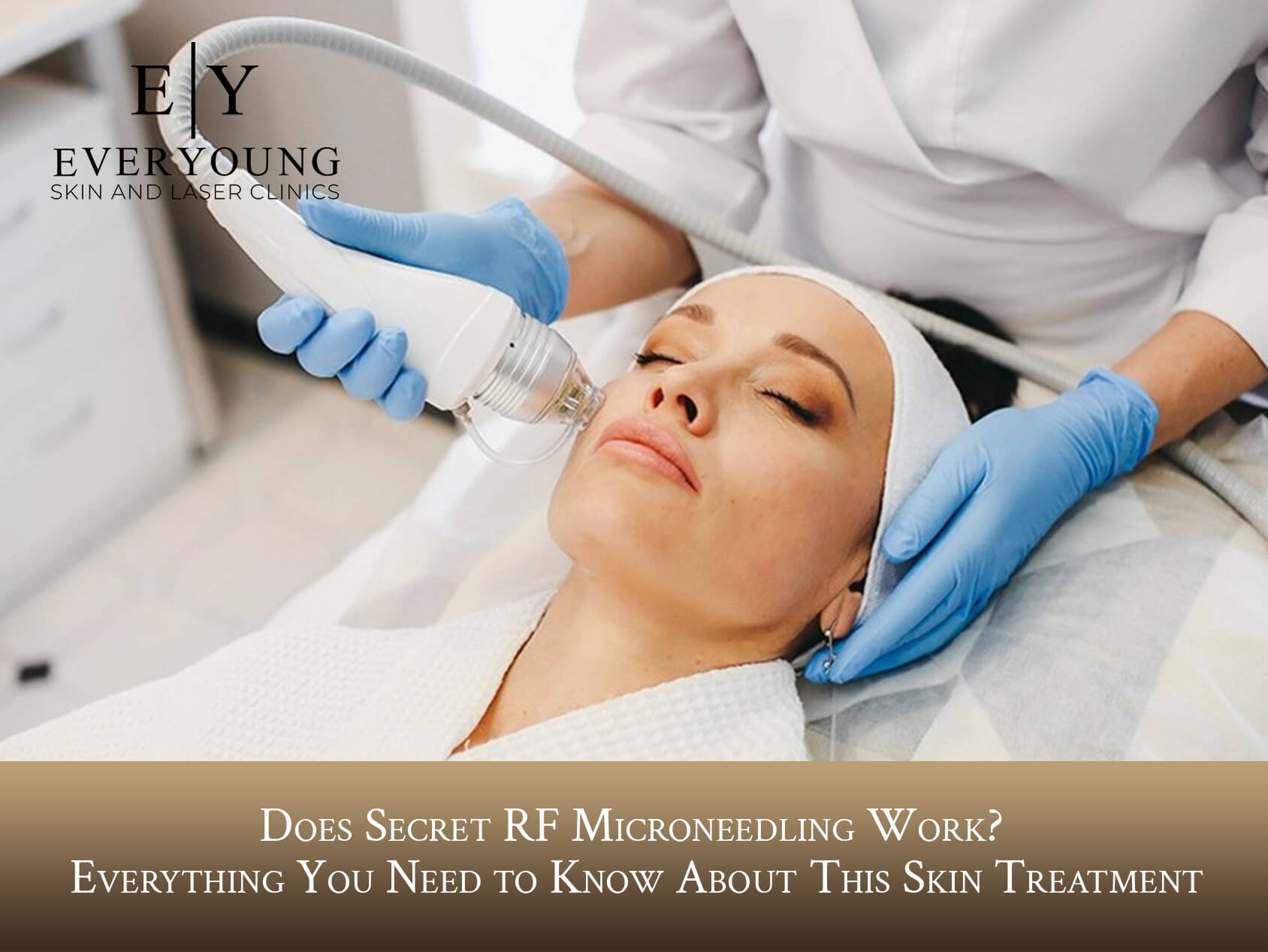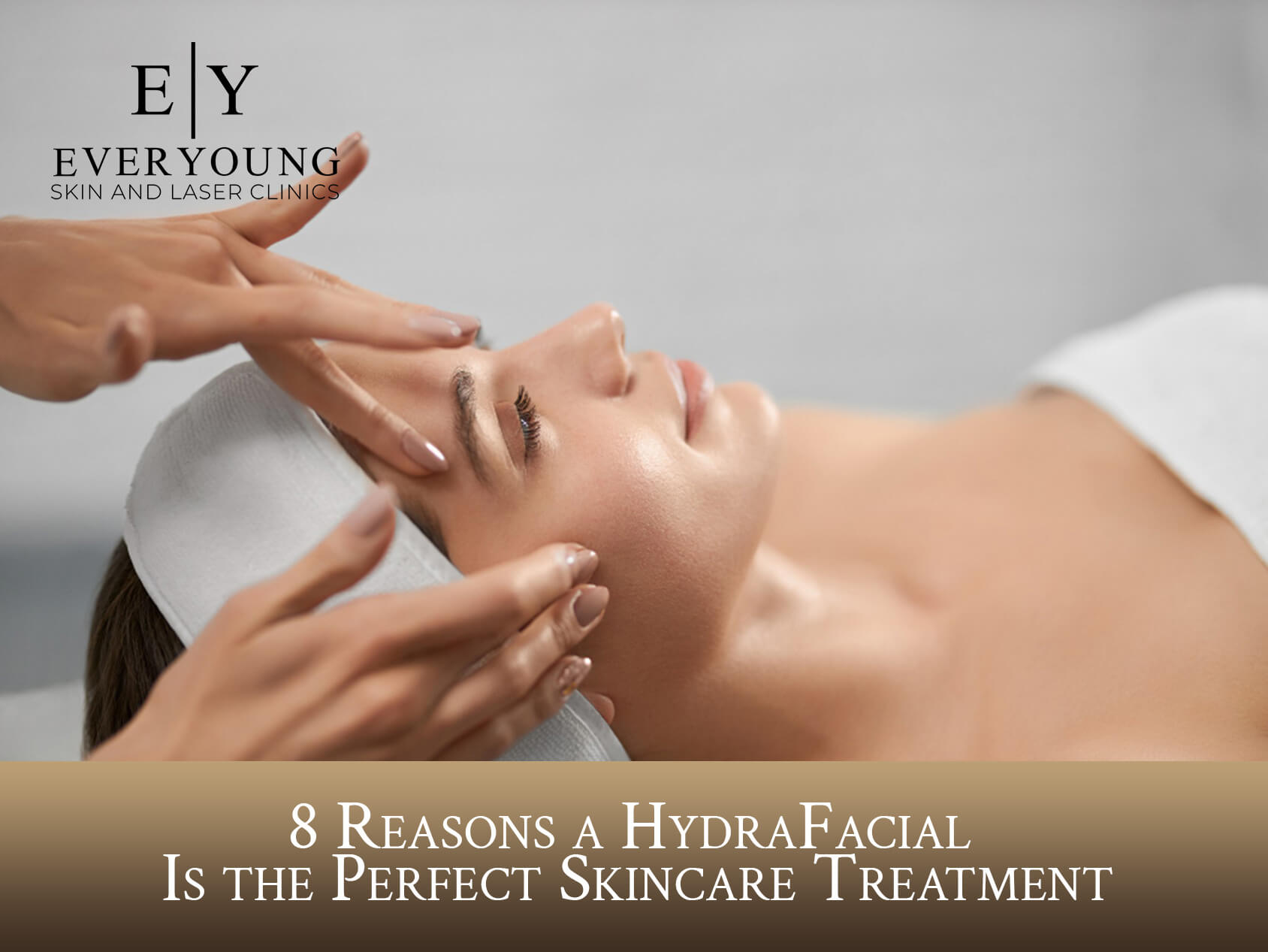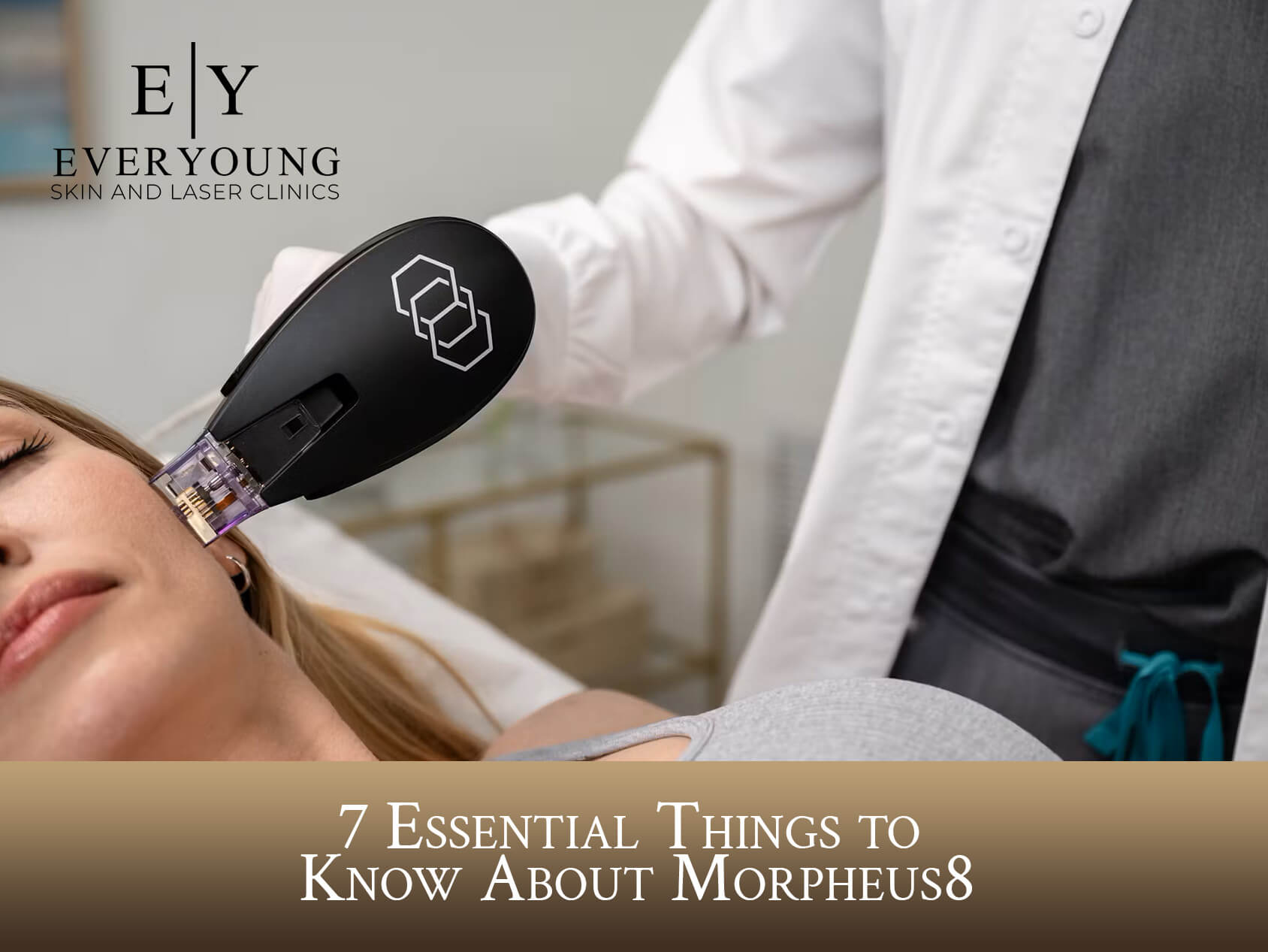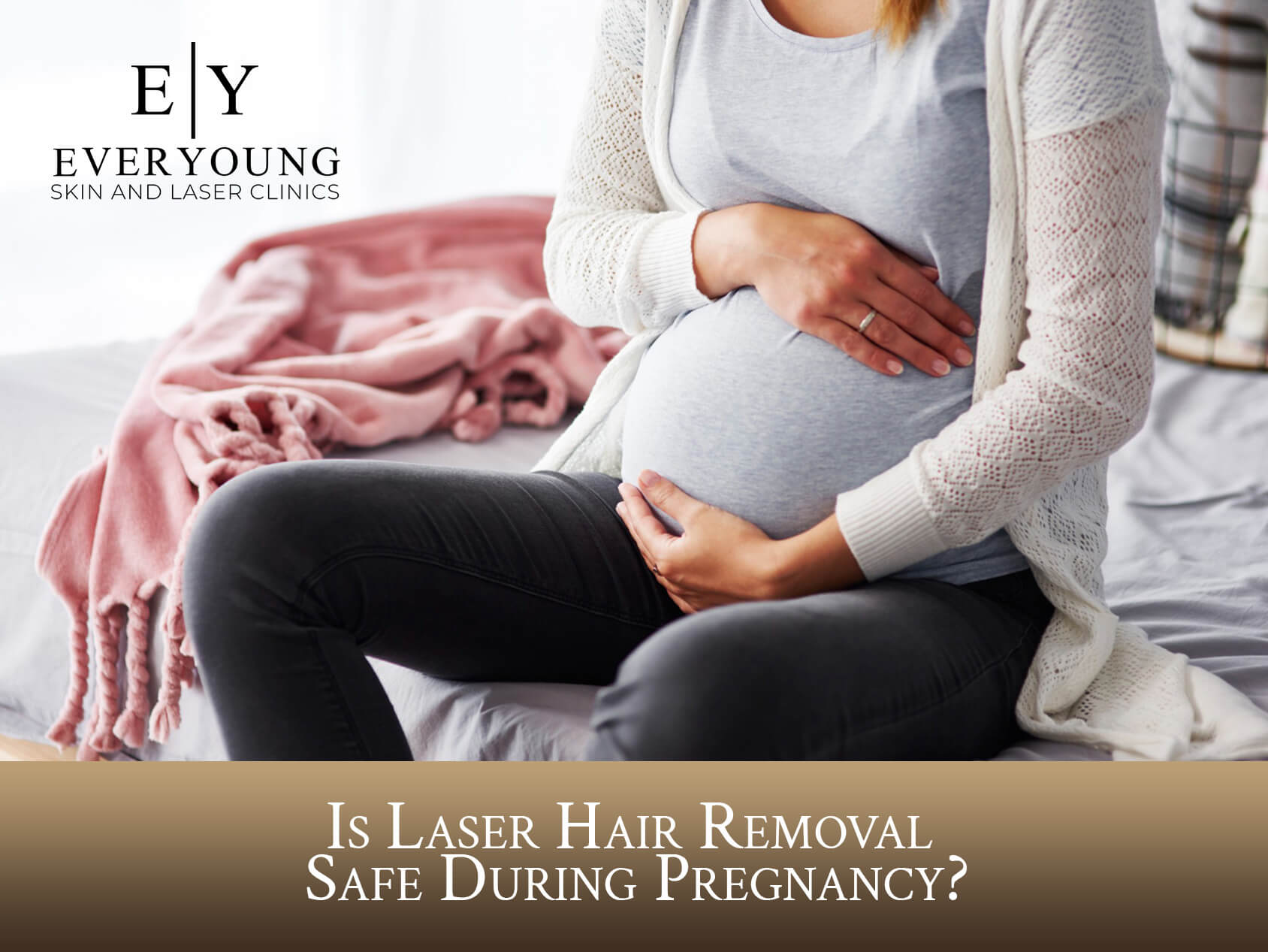If you suffer from acne, you’re certainly not alone—millions of people of all ages deal with this skin condition daily.
While there are a variety of over-the-counter and prescription treatments available, two of the most popular options are photodynamic therapy (PDT) and blue light therapy (BLT). Both treatments use light to kill acne-causing bacteria, but there are some key differences between the two.
Both treatments are safe, effective, and have minimal side effects. Below, we’ll take a closer look at each treatment so you can decide which one is right for you.
How does Photodynamic Therapy Work
PDT works by shrinking the skin’s oil glands. This treatment can reduce the amount of oil within the pores, reducing comedones. This is good news for those with moderate-to-severe acne that don’t respond well to traditional topical treatments.
Photodynamic therapy requires three main components:
- a photosensitizer
- a light source
- oxygen
Photosensitizers are topically applied solutions that cause specific abnormal cells to produce light-absorbing molecules called porphyrins. The use of photosensitizers distinguishes PDT from other forms of phototherapy, as it allows the light treatment to target the abnormal cells contributing to the acne.
After application, a medical light source is focused on the skin to activate the topical photosensitizer. This light source may provide blue, red, or intense pulsed light (IPL).
Combined with the photosensitizer and the presence of oxygen, the light helps to destroy acne cells and bacteria. A doctor decides what light source is best for the individual.
How does Blue Light Therapy Work
Blue light therapy is a non-invasive treatment for acne that uses light to kill certain bacteria on the skin. It has an antimicrobial effect, making it a champ at killing several types of bacteria that can collect in your pores and oil glands, causing breakouts.
The treatment works by targeting the underlying causes of these conditions, such as bacteria and excess sebum production. During a blue light therapy session, the special wavelength of blue light is directed onto the affected skin area. These blue lights cause reactive oxygen species to form in the skin cells, which kills off the disease-causing microbes and reduces inflammation.
Blue light therapy is believed to help reduce oil production, preventing future breakouts.
Overall, this innovative therapeutic approach offers long-lasting relief for those dealing with breakouts and other forms of acne.
Advantages of Photodynamic Therapy & Blue Light Therapy for Acne
The advantage of PDT over other acne treatments is that it targets the bacteria that cause acne without damaging the surrounding skin. This factor makes PDT a good alternative for those with sensitive skin who have had bad experiences with other treatments, such as topical retinoids or oral antibiotics.
On the other hand, blue light therapy works in reducing the number of inflammatory acne lesions. A 2009 study showed that blue light therapy could reduce the number of inflammatory acne lesions by up to 77%.
Both PDT and blue light therapy are effective acne treatments with a high success rate. However, it is important to note that neither of these treatments will work immediately. It can take several weeks or even months of treatment to see results.
If you are considering either of these treatments for your acne, be sure to consult with a dermatologist to find out if they are right for you.
Possible Side Effects
Several adverse effects may arise following PDT, including:
- Mild to moderate pain
- Acne flare-up
- Peeling skin
- Skin redness
- Crusting of the skin
- Swelling & itching
Blue light therapy does not appear to pose any serious long-term effects with correct use. However, there also may be some minor adverse effects, such as:
- Dry skin
- Changes in skin color
- Stinging
- Itchiness and irritation
Final Thoughts
PDT or BLT may be right if you want acne treatment with minimal side effects. These two therapies target the bacteria that cause acne without damaging the surrounding skin, making them an excellent option for those with sensitive skin.
A series of treatments is usually needed to see results. Still, PDT and BLT are non-invasive and have minimal side effects, making them worth considering if you’re looking for an alternative to traditional acne treatments.
As always, consult a doctor or dermatologist before commencing therapy.



